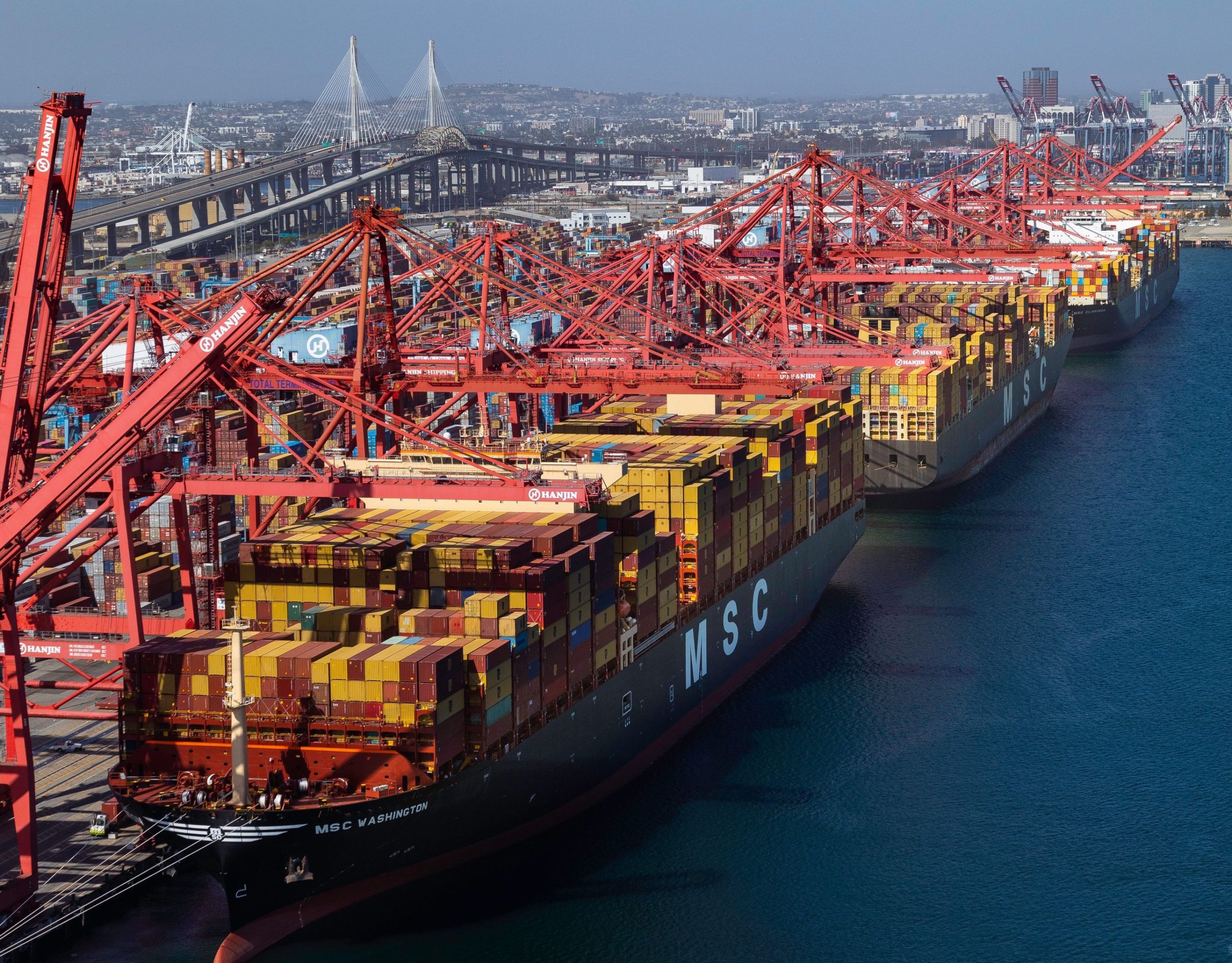Port of Long Beach Sees Increased Trade as Cargo Returns

Trade at the Port of Long Beach was up for a third consecutive month in November as shippers continued to reposition cargo back to the U.S. West Coast, port officials announced Wednesday.
Last month, dockworkers and terminal operators at the port moved a total of 731,033 twenty-foot equivalent units (TEUs), marking a significant 24.2% increase compared to November 2022. Import volumes rose by 37% to reach 355,339 TEUs, while exports experienced a decline of 13% to 108,798 TEUs. The movement of empty containers through the port also saw a substantial increase, up by 30.6% to 266,896 TEUs.
Looking at sequential months, November's total volumes represented the third month of falling volumes and a nearly 12% from September when the Port of Long Beach experienced its busiest month of 2023.
"We are recapturing market share, online shopping is on the rise and retailers are keeping the shelves stocked to meet rising consumer demand for the holidays," said Port of Long Beach CEO Mario Cordero. "We remain optimistic as cargo returns to this critical gateway for trans-Pacific trade."
The shift back to the U.S. West Coast was also exemplified by Descartes in its latest U.S. imports report as drought-induced restrictions in the Panama Canal hit East and Gulf Coast port volumes. The report highlights that the top five West Coast ports increased their import container volume share to 43% in November, while the top five East and Gulf Coast ports decreased to 42%.
Long Beach Harbor Commission President Bobby Olvera Jr. thanked waterfront workers and terminal operators for their work in moving goods this holiday season. "We plan to continue delivering top-notch customer service and building for a sustainable future into the new year," said Olvera.
Despite the ongoing challenges, the Port of Long Beach has handled a total of 7,308,848 TEUs during the first 11 months of 2023, representing a 14.9% decrease compared to the same period last year. However, cargo flows this year have remained relatively consistent with pre-pandemic levels when the port moved over 6.96 million TEUs through November 2019.
According to the National Retail Federation, imports at major U.S. container ports are projected to continue to slowdown in the remaining weeks of 2023 after peaking later than expected this fall.

